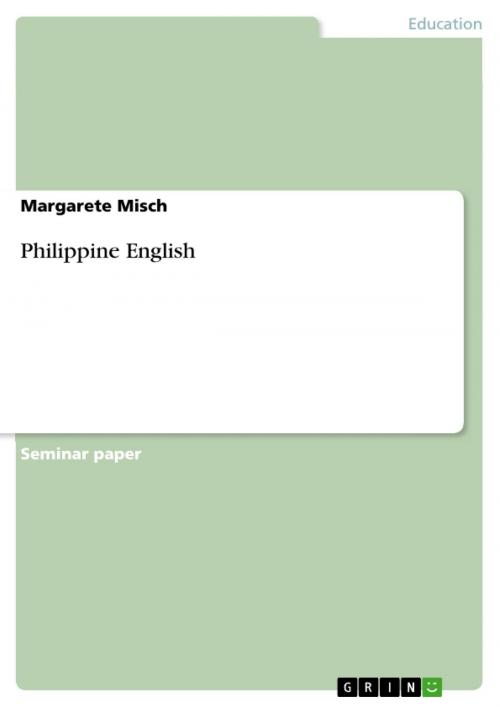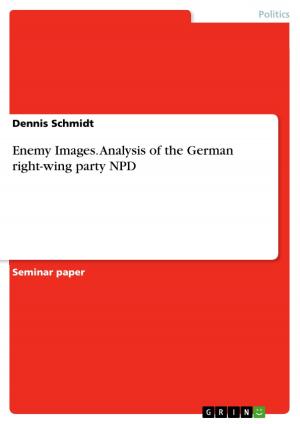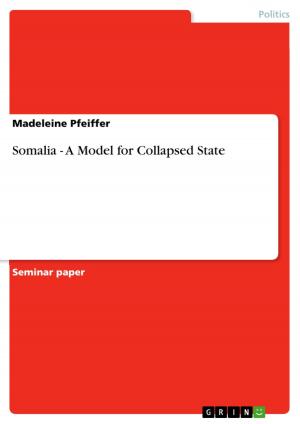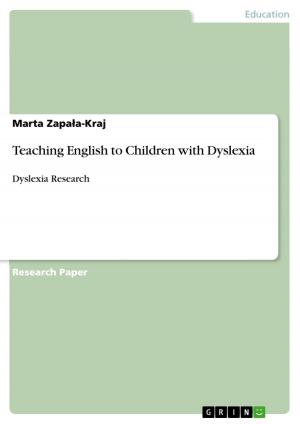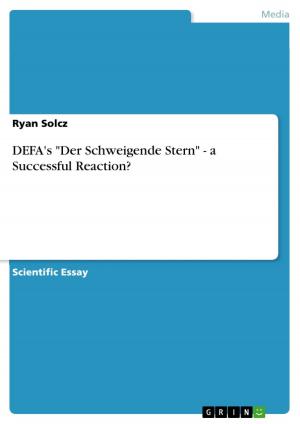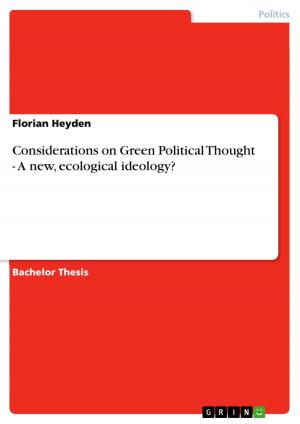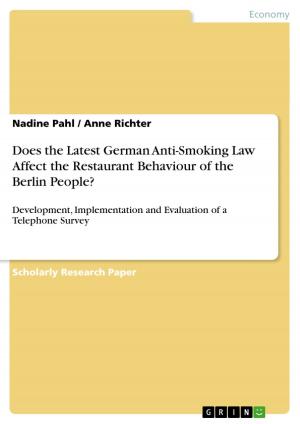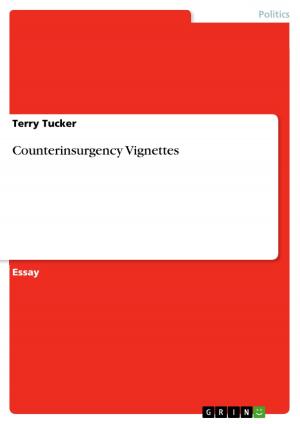| Author: | Margarete Misch | ISBN: | 9783638073097 |
| Publisher: | GRIN Publishing | Publication: | July 4, 2008 |
| Imprint: | GRIN Publishing | Language: | English |
| Author: | Margarete Misch |
| ISBN: | 9783638073097 |
| Publisher: | GRIN Publishing |
| Publication: | July 4, 2008 |
| Imprint: | GRIN Publishing |
| Language: | English |
Seminar paper from the year 2008 in the subject English - Pedagogy, Didactics, Literature Studies, grade: 2,0, Martin Luther University, course: Postcolonial English, 16 entries in the bibliography, language: English, abstract: The spread of English around the world has offered us a diverse range of varieties of English. Within the framework of Postcolonial English varieties, I have investigated the Philippine variety of English, which was a result of and emerged from its colonial background. In Braj Kachru's model of World English dialects, Philippine English belongs to what are called the 'outer circle' countries and is used in the major institutions as a legacy of colonisation. As a result, English has a great historical importance and serves as a lingua franca between the different ethnic and language groups. To fully understand the make-up of Philippine English, we need to take a look at the derivation and spread of the language. Aside from introducing general facts about the country, I will examine the origins of the language and the arrival of English in Philippine history. Furthermore, I will briefly explore the present-day language situation, especially the different local languages and the code-switching or code-mixing between the two official languages Filipino and English. By looking at the characteristic features of Philippine English, I want to show the general, phonological, morpho-syntactical and lexical differences from General American English. Finally, I want to discuss the significance of Philippine English for a teacher of foreign languages and to draw conclusions regarding the impact of English on the Philippines. II. Basic facts The Philippines are located in Southeast Asia, archipelago between the Philippine Sea and the South China Sea, east of Vietnam. The land has an area of 298,170 km² and is slightly larger than Arizona. The Philippines consist of 7,107 islands in the western Pacific Ocean, of which only eleven are bigger than 2500 km². The biggest islands are: Luzon, Mindanao, Samar, Negros, Cebu, Leyte, Mindoro, Panay and Palawan. Only 1000 islands are bigger than 1 km². An estimated population of 91,077,287 (July 2007) lives in the Philippines. The capital of the Philippines is Manila and the largest town is Quezon City. Religious affiliations include Roman Catholic 80.9%, Muslim 5%, Evangelical 2.8%, Iglesia ni Kristo 2.3%, Aglipayan 2%, other Christian 4.5%, other 1.8%, unspecified 0.6% and none 0.1% (2000 census). In addition to a mixture of religions there are also several languages. The two official languages are Filipino (based on Tagalog) and English, but about 180 languages and dialects exist on the island.
Seminar paper from the year 2008 in the subject English - Pedagogy, Didactics, Literature Studies, grade: 2,0, Martin Luther University, course: Postcolonial English, 16 entries in the bibliography, language: English, abstract: The spread of English around the world has offered us a diverse range of varieties of English. Within the framework of Postcolonial English varieties, I have investigated the Philippine variety of English, which was a result of and emerged from its colonial background. In Braj Kachru's model of World English dialects, Philippine English belongs to what are called the 'outer circle' countries and is used in the major institutions as a legacy of colonisation. As a result, English has a great historical importance and serves as a lingua franca between the different ethnic and language groups. To fully understand the make-up of Philippine English, we need to take a look at the derivation and spread of the language. Aside from introducing general facts about the country, I will examine the origins of the language and the arrival of English in Philippine history. Furthermore, I will briefly explore the present-day language situation, especially the different local languages and the code-switching or code-mixing between the two official languages Filipino and English. By looking at the characteristic features of Philippine English, I want to show the general, phonological, morpho-syntactical and lexical differences from General American English. Finally, I want to discuss the significance of Philippine English for a teacher of foreign languages and to draw conclusions regarding the impact of English on the Philippines. II. Basic facts The Philippines are located in Southeast Asia, archipelago between the Philippine Sea and the South China Sea, east of Vietnam. The land has an area of 298,170 km² and is slightly larger than Arizona. The Philippines consist of 7,107 islands in the western Pacific Ocean, of which only eleven are bigger than 2500 km². The biggest islands are: Luzon, Mindanao, Samar, Negros, Cebu, Leyte, Mindoro, Panay and Palawan. Only 1000 islands are bigger than 1 km². An estimated population of 91,077,287 (July 2007) lives in the Philippines. The capital of the Philippines is Manila and the largest town is Quezon City. Religious affiliations include Roman Catholic 80.9%, Muslim 5%, Evangelical 2.8%, Iglesia ni Kristo 2.3%, Aglipayan 2%, other Christian 4.5%, other 1.8%, unspecified 0.6% and none 0.1% (2000 census). In addition to a mixture of religions there are also several languages. The two official languages are Filipino (based on Tagalog) and English, but about 180 languages and dialects exist on the island.
